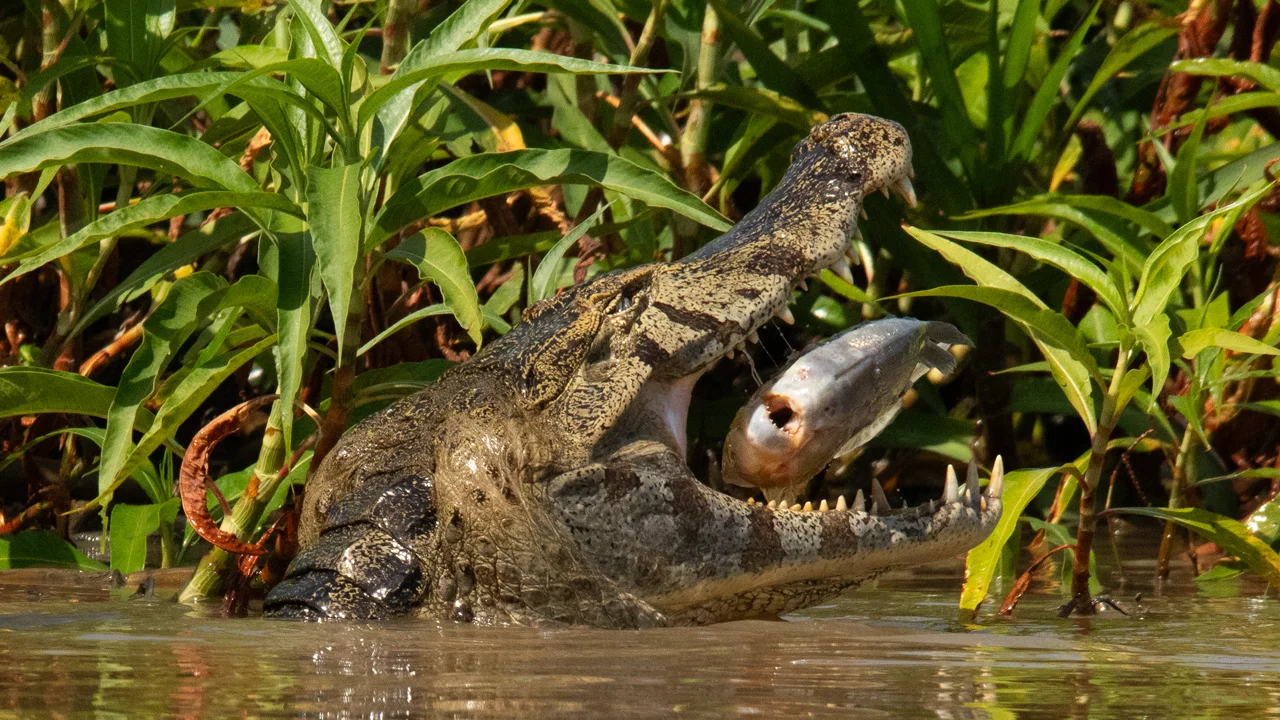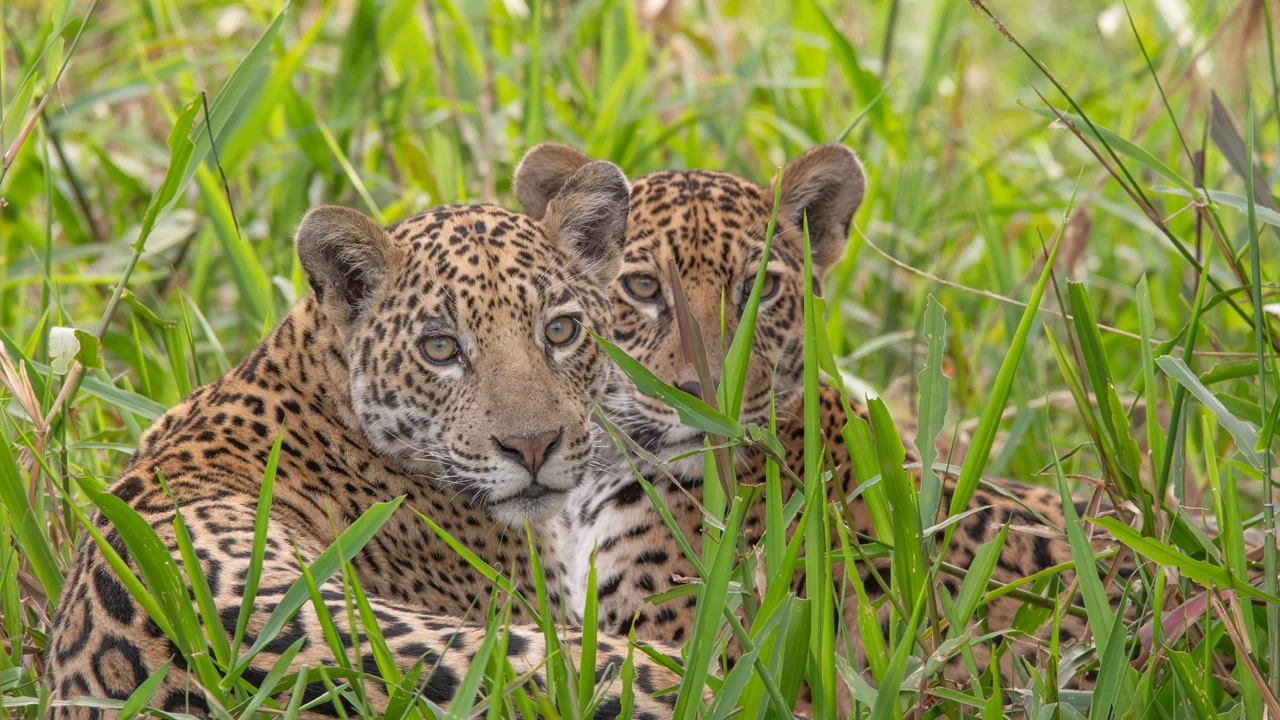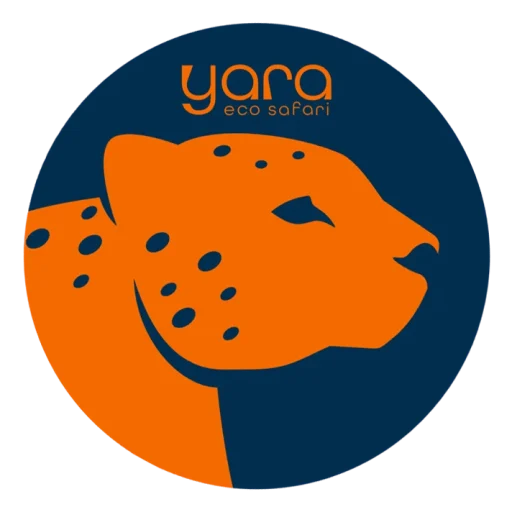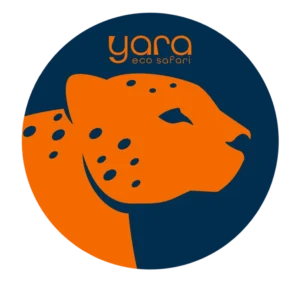Inside the science—and the magic—of knowing each big cat
If you spend a few days on a boat-based Pantanal jaguars safari in the Pantanal, you’ll hear guides say things like, “That’s Patrícia—she raised two cubs here last year,” or “That male is Ousado; he patrols this bend.” It can be surprising the first time you hear it. Do jaguars really have names? They do—and there’s a powerful conservation reason behind it.
The power of naming and tracking Pantanal jaguars: from story to science
Jaguars are solitary, territorial, and wide-ranging. To protect them, researchers need to track individuals over time—understanding where they move, whom they mate with, how many cubs survive, and how tourism or fires affect behavior. Naming is the public-facing tip of a scientific iceberg: behind each name is a formal photo-ID based on the cat’s unique rosette pattern (no two coats are the same). In the Pantanal, the Jaguar Identification Project has cataloged hundreds of individuals using non-invasive methods and long-term monitoring. (Jaguar ID Project, jaguarsofthepantanal.com) Photo-ID allows biologists to build life histories without collars or captures. Over years, those records become conservation intelligence: births, dispersals, territorial shifts, and survival rates that guide policy and protection. (Jaguar ID Project)
How it works: rosettes, camera traps, and river logs
A rosette pattern functions like a fingerprint. Field teams and guides compare high-resolution photos from sightings with camera-trap grids placed along travel routes. In 2024, for example, researchers launched the GRID Project—the first systematic camera-trap grid in Encontro das Águas State Park—in partnership with the Mato Grosso state environment secretariat (SEMA) and Panthera Brasil. The goal: measure jaguar use across habitats and seasons, and strengthen management in one of the world’s densest jaguar regions. (Jaguar ID Project) Because the Pantanal is a vast wetland where wildlife gathers along river margins, boats double as moving observation platforms. Photo sequences from Porto Jofre and nearby confluences feed the ID database and inform route planning that reduces stress on animals while improving ethical viewing. (jaguarsofthepantanal.com).
Why naming matters for conservation outcomes
Giving a cat a name doesn’t make it a pet; it makes it visible—to science, to policymakers, and to travelers who become more invested when they can follow a life story. For conservation groups like Panthera, individual-level data help map Pantanal jaguars density, secure corridors, and negotiate coexistence with ranching around research bases such as the Jofre Velho Conservation Ranch in the northern Pantanal. (Panthera) Naming also improves citizen science. Visitors who submit photos to the Jaguar ID Project contribute directly to research, an approach that has identified hundreds of cats and built public support for protecting wetlands and riparian forests that jaguars need. (Jaguar ID Project, jaguarsofthepantanal.com).
Beyond collars: non-invasive by design
In heavily visited stretches of the Northern Pantanal, most monitoring now relies on camera traps, photo archives, and trained visual recognition rather than GPS collars. This reduces handling risks and keeps cats wild while still generating robust data. The scientific foundations of Pantanal jaguar work are decades deep, from early population studies to today’s collaborative monitoring across parks and private lands. (ScienceDirect)
Safeguarding a living icon—today and tomorrow
The Pantanal’s protected areas and private reserves are evolving fast. In 2024, partners created the Howard Quigley Private Natural Heritage Reserve, expanding secure habitat for jaguars and other threatened species. Meanwhile, researchers warn that booming jaguar tourism in Porto Jofre needs clear rules to avoid overcrowding and disturbance—proof that good data (and named individuals) can drive better management. The need to protect these Pantanal jaguars is clearer than ever. (Panthera, Mongabay) Conservation here is also about the ecosystem itself. The Pantanal is a UNESCO Biosphere Reserve, and groups like WWF-Brazil emphasize wetland protection, fire mitigation, and community partnerships so jaguars—and the people who depend on healthy rivers—can thrive. (files.worldwildlife.org)
What it means for travelers and photographers
When your guide whispers, “That’s Medrosa,” you’re not just getting a name. You’re stepping into a longitudinal study—a shared record that links your sighting to years of research. It also shapes how responsible operators behave: by keeping respectful distances, avoiding chasing, and timing approaches so the cat—not the camera—sets the pace. (For best practices, see our ethics guide below.)






